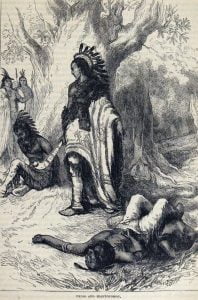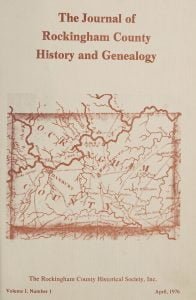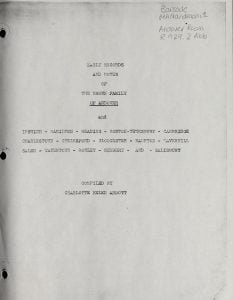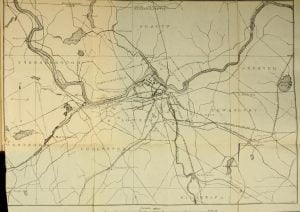Brown, Barbara Mrs. – Obituary
Cornucopia, Baker County, Oregon Former Pine Valley Woman Passes At Baker Tuesday Mrs. Barbara Brown, resident of Pine valley for many years, died in Baker Tuesday. She suffered a paralytic stroke Sunday morning and was taken to the hospital. Mrs. Brown was a native of Germany, born in that country March 7, 1859, and came to the United States when a young girl. She came to Baker county in 1886 and located at Cornucopia. Mrs. Brown moved to Baker in 1927 and lived there the remainder of her life. She was a member of the Catholic church and the American … Read more





